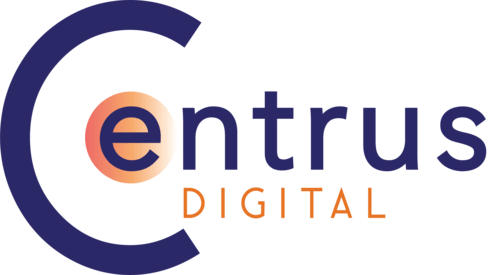Cut Your Costs and Improve Your Conversions with Hyper-Targeting
improve your advertising campaigns
So What Is Hyper-Targeting Advertising Exactly?
Just like an invitation to an event requires a “who, what, where, why, and when,” so does a successful advertisement. Hyper-targeting allows us to uncover the “where” by leveraging a wide range of data about the who.
Hyper-Targeting is conducted through a proprietary methodology that allows us to ethically pinpoint an extremely specific portion of the population based on criteria relevant to your organization. Thousands of data points are analyzed – from income and census data to environmental patterns, local trends and events, and even your existing customer base. This information is then consolidated into a single, actionable heatmap that shows us where to focus your marketing efforts and where the highest probability of untapped leads are.
Save Money
By focusing on the right audience, you can spend less to convert them. We consistently see a higher ROI once Hyper-Targeting is implemented.
Improve Targeting
Hyper-Targeting creates a heatmap that will show you exactly where your advertising efforts should be focused.
Privacy-Conscious
Hyper-Targeting is well ahead of the privacy curve, is completely anonymous, and does not infringe on consumer data privacy. This is not the creepy Facebook sock ad that shows up 10 minutes after you were telling your mom you need more!
Limitless potential
Any business decision that is dependent upon where can be supported through Hyper-Targeting. Whether you need to find a new business location or develop a direct mailing list, we can help.
Wait, there’s more!
Hyper-Targeting can be implemented on any search engine marketing campaign. And, its specificity allows organizations to break down their advertising efforts to the neighborhood level. Clients will see a marked reduction in cost and a higher ROI by such informed targeting. Advertisements will no longer be wasted in less productive areas – the days of sending out lawn care ads to renters are over!
The bottom line – more connections, more efficiently, and we can help you do it.
There’s nothing wrong with free information!
We encourage you to contact us for more information about our services and discuss how we can help. Our team is responsive and can communicate through whichever channel works best for you.
